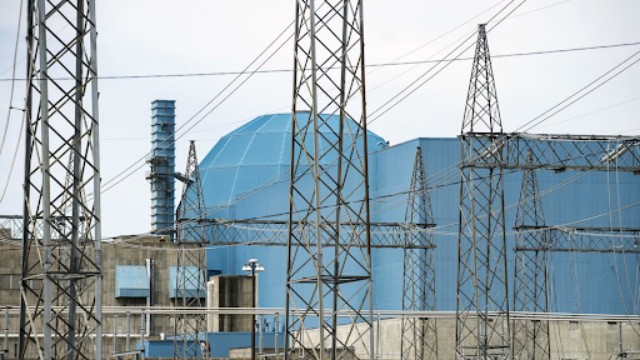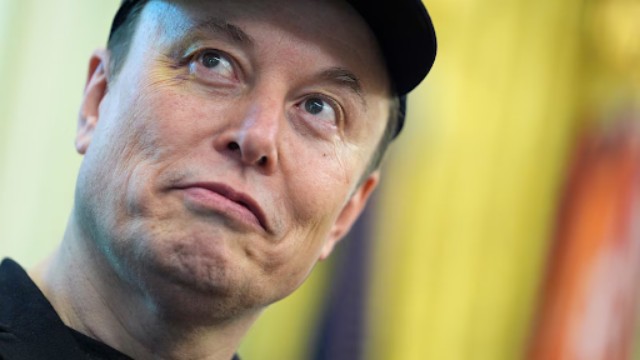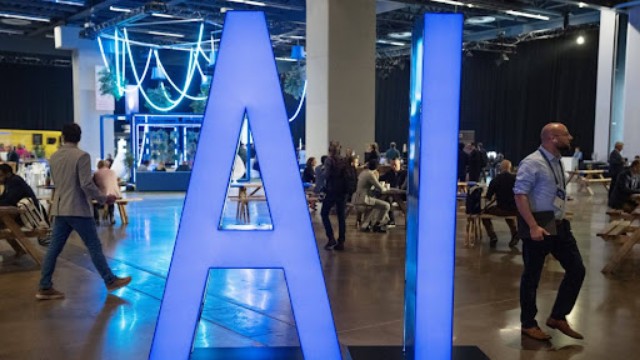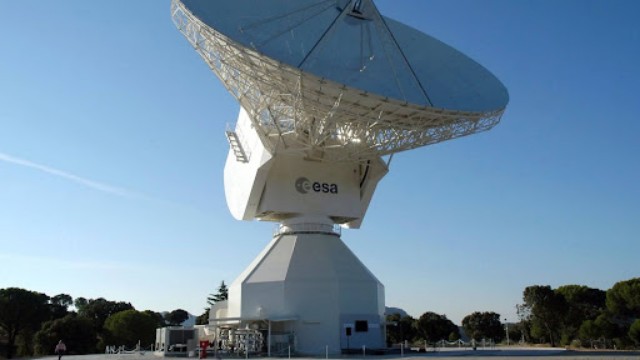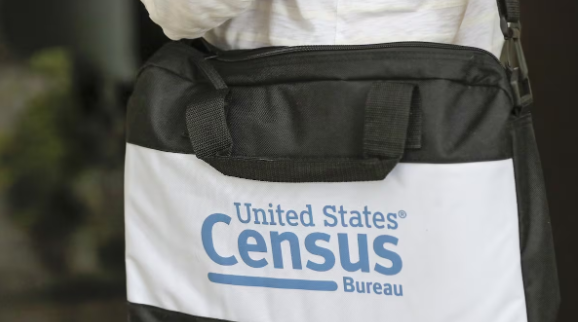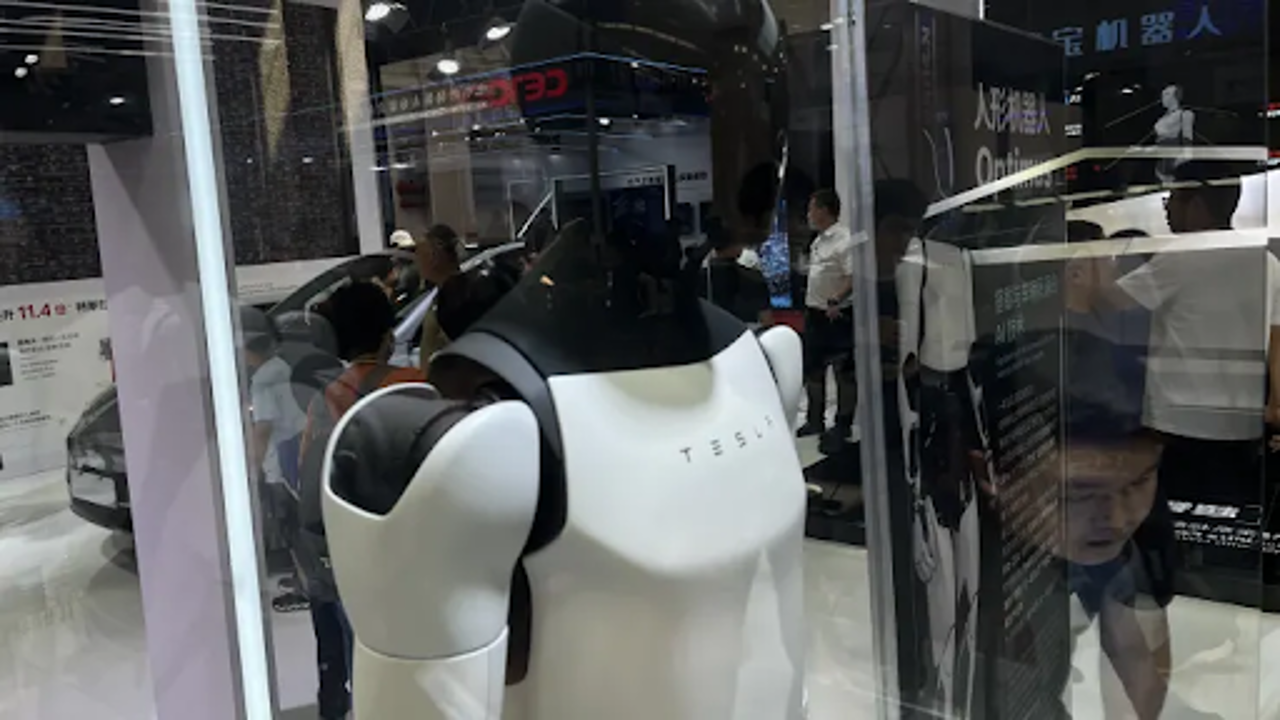
Tesla showcases its Optimus robot alongside two of its cars at the World Robot Conference in Beijing on August 22, 2024. CNBC
At the World Robot Conference in Beijing, Tesla's Optimus humanoid robot was displayed inside a transparent box, standing still beside Tesla vehicles. This contrast highlighted the buzz around humanlike robots at the event, where numerous companies presented their latest advancements. While Elon Musk has touted Optimus as capable of tasks like folding laundry and potentially cooking or teaching, it remains to be seen how well it performs in practice.
The conference, which began last Wednesday, showcased a record 27 humanoid robots, reflecting a significant surge in investment and innovation in China's robotics sector. Over the past decade, China has poured more than 100 billion yuan (around $14 billion) into robotics development. Wei Cao from Lanchi Ventures, a major investor, expects the next big leap in humanoid technology will involve robots that can handle multiple tasks autonomously in manufacturing environments.
One of the standout startups at the conference was Shanghai-based Agibot, which unveiled five new humanoid robots ahead of the event. These robots, available for preorder with a deposit, are designed for roles such as sales assistants, gallery guides, and factory part pickers. Agibot plans to start deliveries in mid-October.
Another notable participant was Stardust Intelligence with its Astribot S1, which has previously demonstrated abilities like folding shirts and pouring wine. Some robots at the conference performed complex Chinese martial arts, played traditional music, and created calligraphy. Founded by a former Tencent and Baidu employee, Stardust uses AI to enable robots to learn new tasks by observing.
Other companies, like Galbot and Turui, showcased robots performing simpler tasks, such as moving soda cans or placing items into baskets. However, the movements of these robots appeared somewhat stiff and slow, leaving some questions about whether they were controlled remotely or operating independently.
Compared to previous years, the variety and number of demonstrations at the conference have significantly increased. This year's event attracted a lot of students and young professionals, indicating a growing interest in robotics.
Despite the impressive displays, experts like Wei Cao believe that Tesla and other U.S. companies are currently ahead in humanoid technology. However, China's self-sufficiency in the humanoid supply chain, with over 95% local production, positions it as a strong competitor.
Tesla did not provide a live demonstration of Optimus at the conference, likely due to the high costs and logistics involved. Instead, the company has relied on promotional videos to showcase Optimus's capabilities. Jeff Burnstein from the U.S. Association for Advancing Automation highlighted that many humanoid robots are now moving beyond pilot programs into more practical uses.
Developers in the field are focusing on specific functionalities rather than creating fully autonomous robots. For example, Limx Dynamics introduced the P1, a research robot that can walk, balance, and perform tasks in a warehouse. According to Shigeki Sugano from the Robotics Society of Japan, humanoid robots will be capable of basic household tasks and care by 2030, with full autonomy expected post-2050. He also noted that current battery life limitations, with robots needing frequent recharges, remain a significant challenge.



